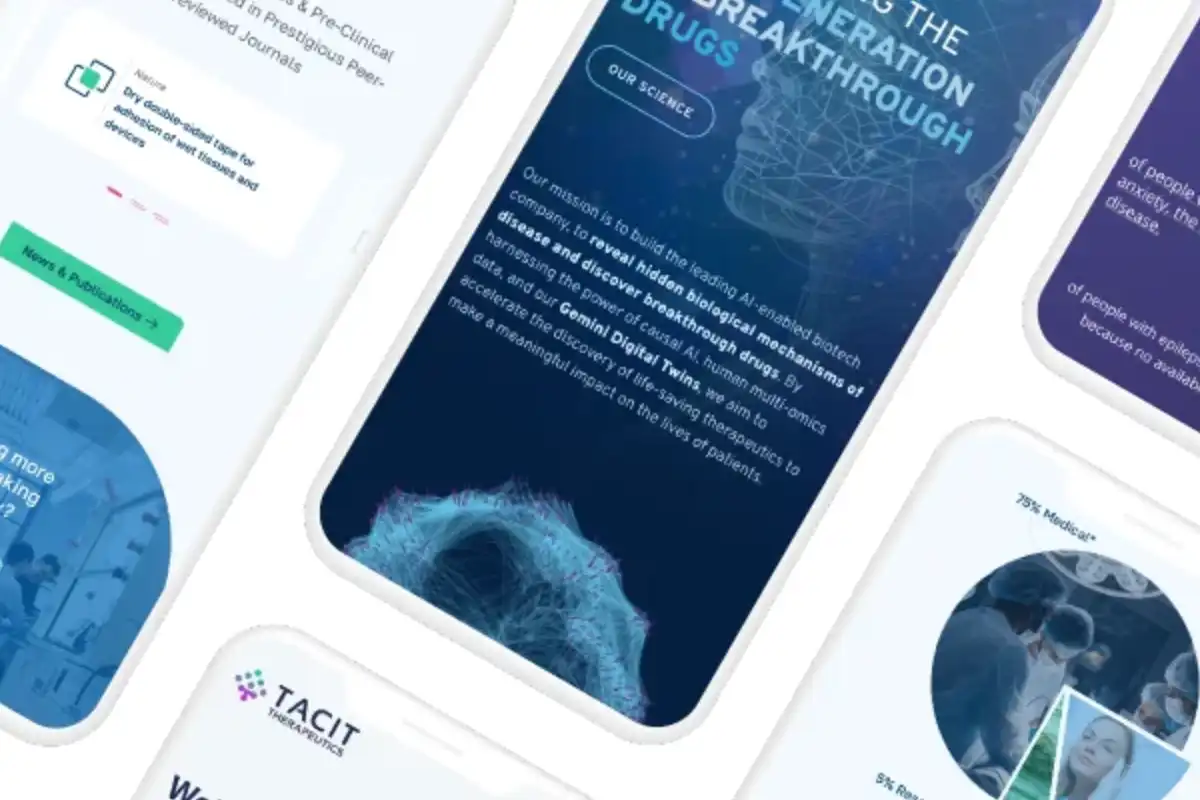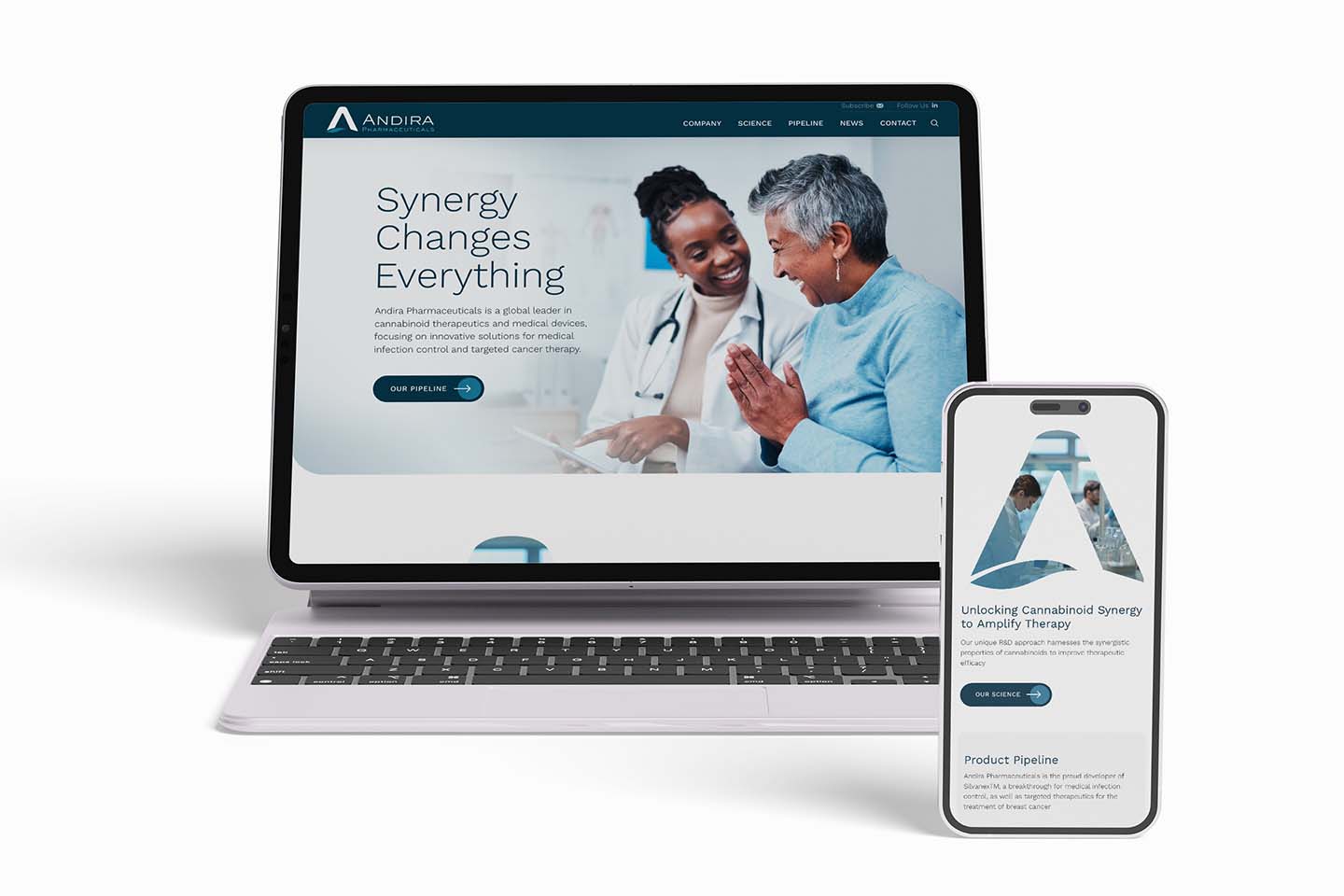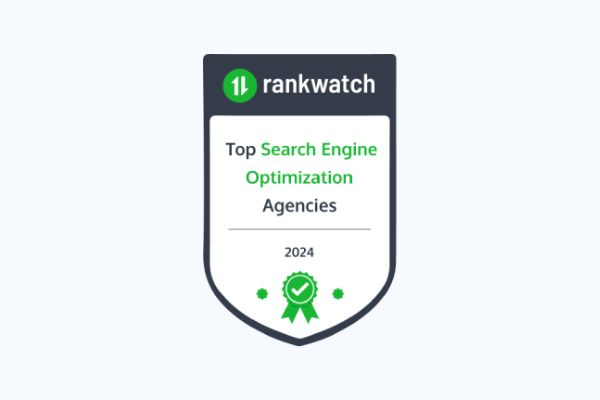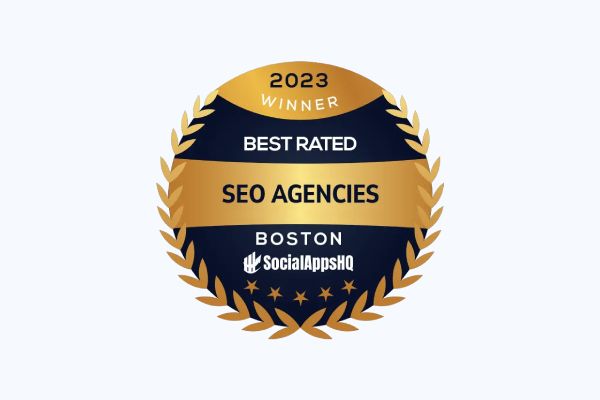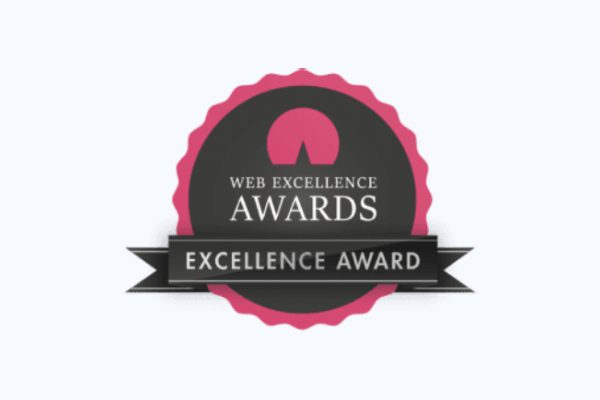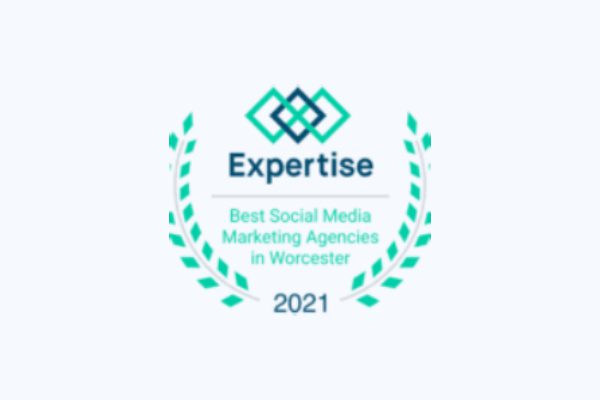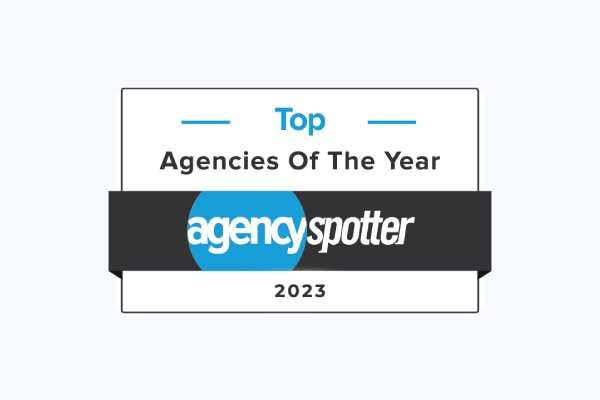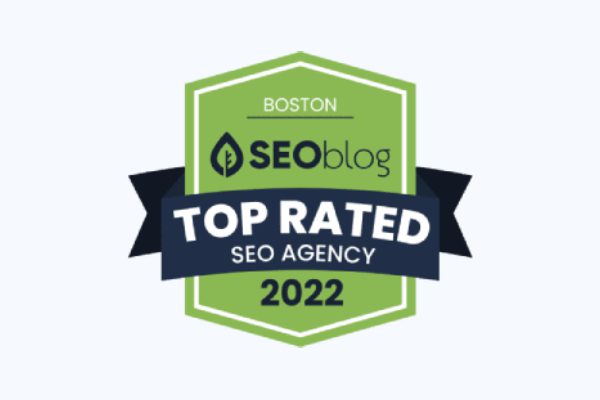Your brand new website is accessible. That’s great. Not for long.
Let’s say you launched your website three months ago or did a major refresh, you are going to now need to maintain website accessibility. You put everything you had into it because your online presence is so critical to your sales and marketing efforts. What’s next? Just like you recognized the importance of launching your shiny new website, it’s equally important to recognize that launching your site is just the first part of the process.
What do I mean? Without ongoing maintenance, you can face a lot of nasty problems related to visitor accessibility.
Website Accessibility Will Suffer Without Ongoing Maintenance—With Negative Results.
One result if you don’t maintain website accessibility, might be security issues that negatively affect your company’s reputation and may even require that you temporarily shut down your site. A second possibility is longer page load time, which harms SEO and causes users to click away. Further, old or irrelevant content can cause page rank can drop below your competition. Finally, broken links and other technical problems look unprofessional and can prevent access to important pages.
What’s the point? These accessibility problems happen all the time when sites are neglected. I’m sure you’d agree that it would be such a waste to let your website go downhill, especially after all the work you put into creating it.
Proper website maintenance creates the accessibility needed for success.
We can clearly see the type of problems that website owners experience when they call their site “done” and pay very little ongoing attention to it post-launch.
What’s the solution? Regularly performing the tasks described below and you’ll not only maintain website accessibility but you’ll even give it a boost and see improvements. This translates into a lower bounce rate, a more positive user experience, longer time on site, and more page views. These benefits all lead to the ultimate goal—a higher conversion rate.
Here are the key items we recommend to maintain website accessibility and in top condition.
Keep checking that your website is bug-free.
I’m sure you agree that a buggy site is no fun for users. Just think of how quickly you click away when you get a 404 (page not found) error or if you arrive at an “orphan page” that doesn’t link to other pages on the site. It’s annoying and looks very unprofessional. Don’t let this happen to you!
Let’s review some ways to test your site regularly from the user’s perspective. First, check that the main page is easily accessible from all pages. Next, review the organization and flow of the site to ensure that it makes sense. It’s especially important to make sure all the forms work, are easy to complete, and go to the right place in your system. Finally, make sure that the site is easy to use on all devices—desktops, laptops, and mobile devices.
Keep all technical aspects of the website up-to date.
Operating with the most updated versions of your software will pay off a hundredfold. After all, a website is the software it’s made of, right? You want to make sure it all works flawlessly to keep users happy. Let’s look at several “buckets” of technology.
The first update element is keeping your platform up-to-date.
Many of you use WordPress, but all platforms frequently release updates, patches, and bug fixes that provide new code for you to install. Upgrades can improve accessibility in several ways. Updates commonly include code that speeds up page load time, fixes bugs, and improves functionality. Perhaps most important, they may include security updates that help protect your business and your valued customers.
25 Major Website Pain Points and How to Fix them (An Ultimate Guide)
Similarly, install all updates for your themes and plugins.
You may already be thinking that a key foundation of your website is the theme and whatever plugins (third-party applications) you have. You’re correct. Failing to install the latest version of your plugins can leave the door open to hackers and spammers. New, improved code can improve access by speeding up your site for better access and improve user experience to increase retention and conversion rates.
Note that WordPress comes with a built-in update system. It automatically checks for updates and provides pop-up notifications when updates become available for your WordPress plugins, themes, and WordPress core software. My recommendation is to check what each update includes before blindly installing it. You might even want to wait a week or two to give the developer a chance to fix any bugs that have been reported.
As the last word on this topic, test if the update has made unwanted change
After installing an update, be sure to test the user interface and back-end functionality for any unintended changes resulting from the new code. As an aside, having too many plugins can bog down a site. I suggest removing “extra” ones that were automatically installed by WordPress or your theme when you initially set up your website.
Back up your site regularly.
Is it enough to fix what’s on your site to ensure accessibility and security? No. Regularly backing up your site is another critical task. The reason is simple. If your site is backed up, you can restore your site if data is lost, recover more swiftly from malware attacks, test versions of your website, and more. You can also go back further to review or revert to a previous version. When you sign up with a hosting service or new platform, ask about their standard and optional backup capabilities.
How often should you perform your website backup? Well, it depends on several factors, such as your traffic volume, level of engagement, and how often you update your site. For example, if your only change is adding a blog article every two weeks, backups won’t be as frequent as a large eCommerce site—many of which do a backup each night.
Continuously improve SEO.
Some readers here may be wonder what SEO has to do with accessibility. I’d explain this by saying that SEO is a major factor in getting people to the site, which is the first element to maintain website accessibility. While the topic of SEO could take volumes, but I’ll just say a few brief words.
Ongoing SEO efforts are only a shot in the dark unless you regularly monitor and analyze key performance indicators like traffic, page views, and time on page. Once you know which techniques are working and which aren’t, you’re in a better position to improve your SEO tactics.
Elaborating a bit on this topic, I’m sure you know the truism “content is king.” Keeping content relevant, fresh, and accurate is vital to all aspects of SEO—how Google core updates, indexes, and ranks webpages. Plus, its effect on social sharing—an important source of traffic—is huge.
https://www.ladybugz.com/your-must-have-monster-seo-checklist-for-2021/
Optimize your database
Moving on, deep into the belly of your website is a massive database. WordPress uses its mySQL database to hold and organize everything in your site. In addition to storing posts, pages, and other content, it also organizes categories and tags, user data and comments, revisions, site-wide settings, plugins, and more.
What’s the point of knowing about this? While you don’t have to be a database management expert, it’s helpful to understand that your website is, on a fundamental level, is the manifestation of this database—and can’t exist without it. So you must keep it in good condition.
Here’s the main issue. This complex database accumulates unwanted data over time, which slows down your site, decreasing accessibility. Regularly clear out useless data—such as unnecessary plugins, spam comments, pingbacks, and more. You, an IT expert, or your interactive agency can use one of the available database cleaning plugins, such as WP-Sweep plugin or WP-Optimize.
Here’s a how-to on cleaning up your WordPress database from WPBeginner.
While you’re cleaning up, you can also take care of some annual tasks. First, renew your SSL and domain/hosting accounts. And two, check and update any disclaimers, notices, and copyright dates. You can do these tasks annually.
Keep website accessibility top of mind.
Keeping your website highly accessible is a “must-have” criteria for any website. And it’s easy to understand why: Being accessible is one of the most important ways to improve SEO, keep visitors on your site, and encourage them to return. The items in this article are a great place to start. Should you need help with any of these tasks, a reputable digital agency can be your best friend.
Want to maintain your website?
